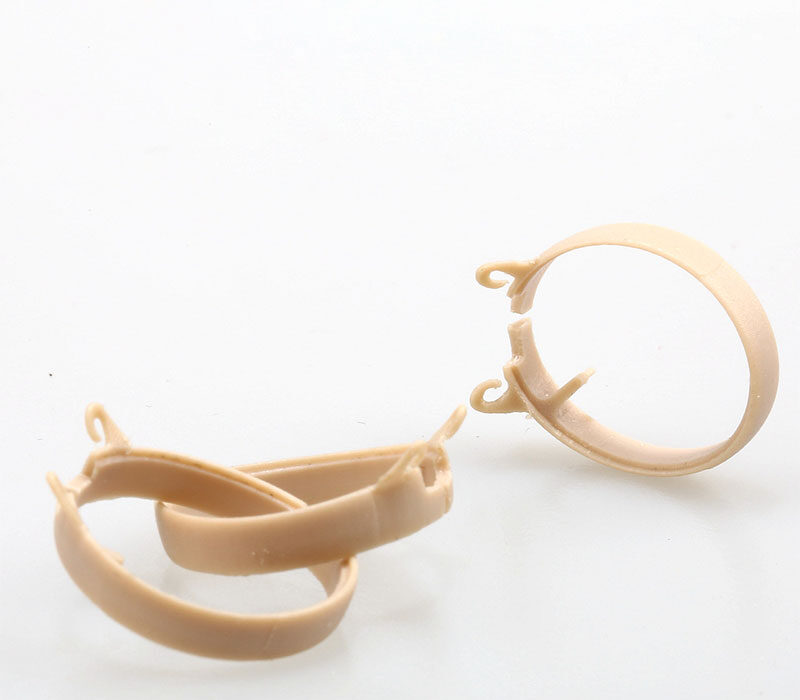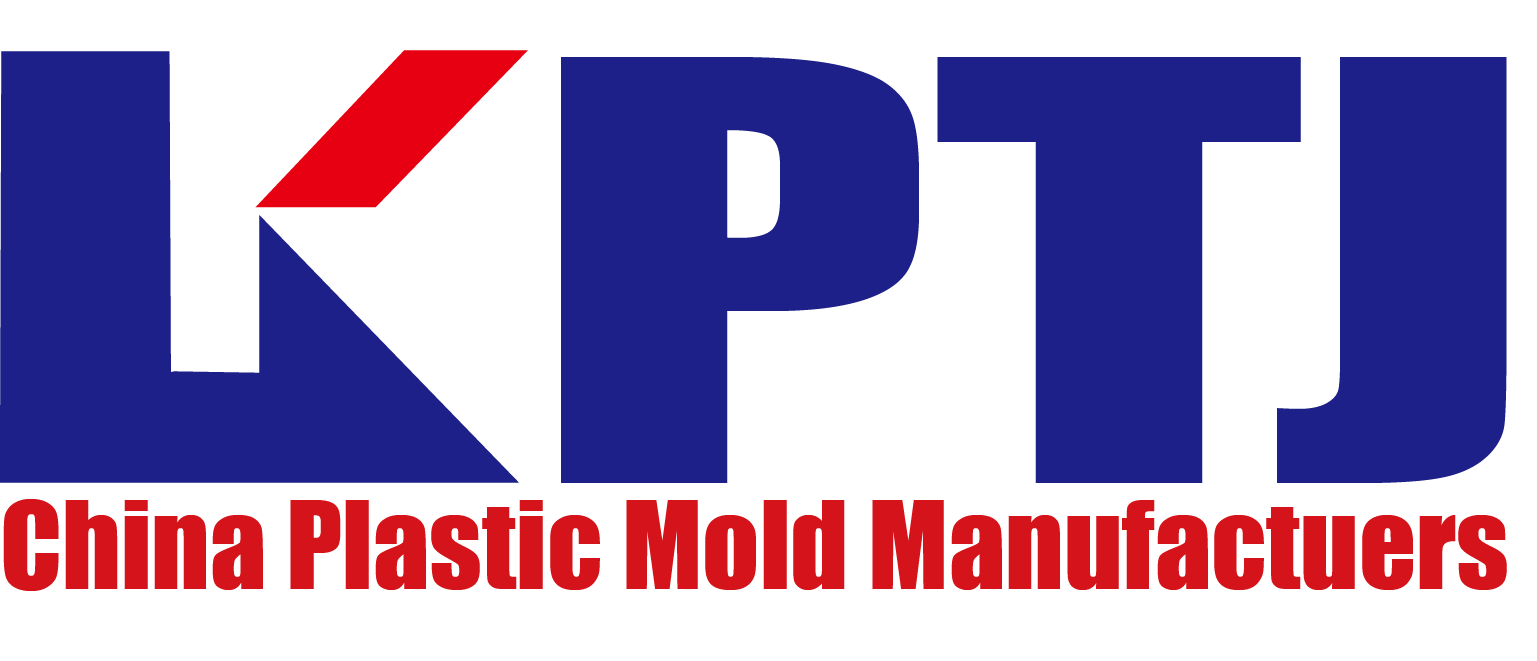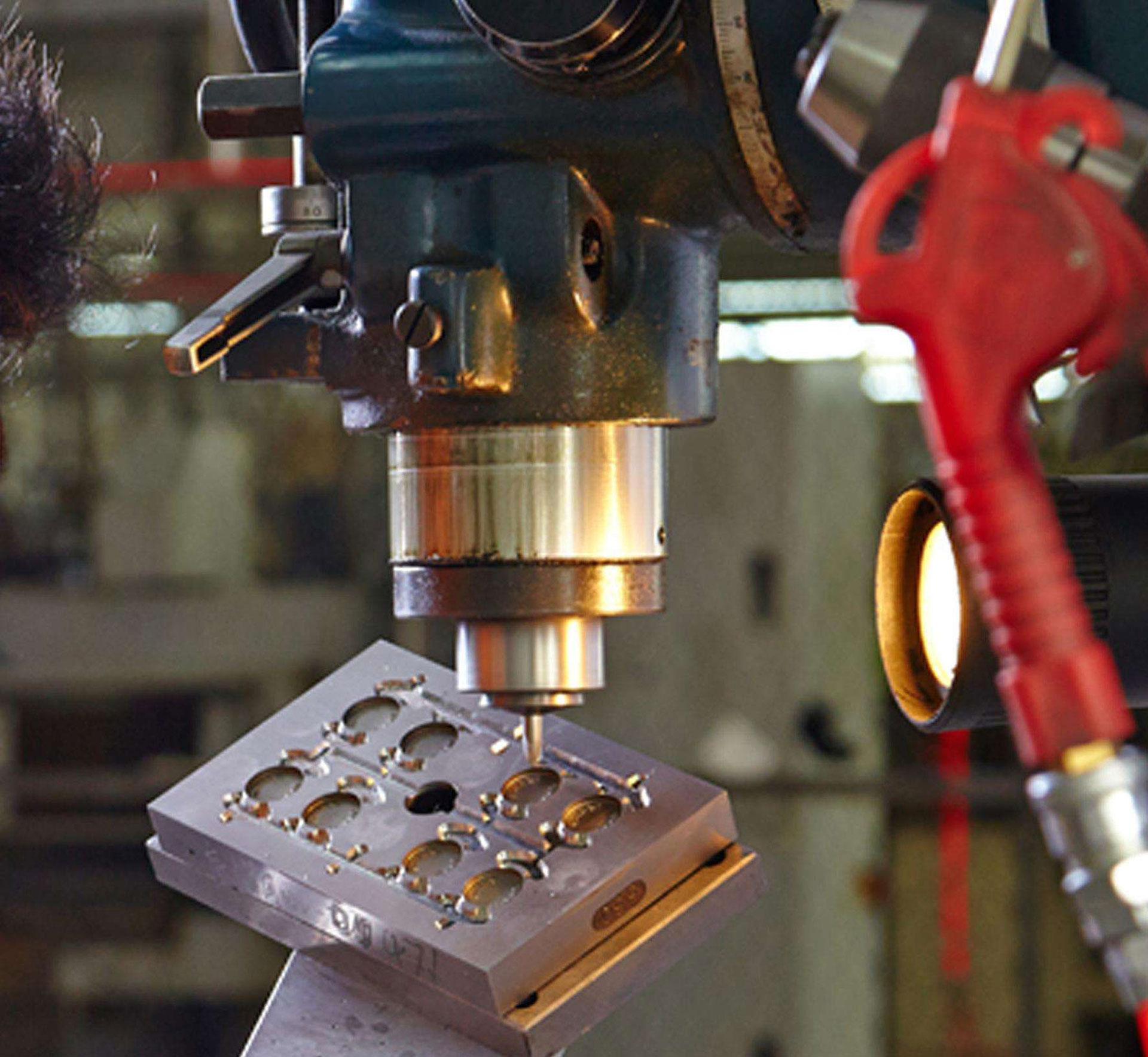Mold design refers to the digital design of enterprise molds, including cavity molds and cold stamping molds. On the basis of traditional mold design, fully use digital design tools to improve the quality of mold design and shorten the mold design cycle.
A mold is an industrial product that uses a specific structure to shape materials in a certain way. It is also a production tool that can produce industrial product parts with certain shapes and sizes in batches. Synthetic resin is the most important component of plastic, and its content in plastic is generally 40% to 99%. Because of the large content, and the nature of the resin often determines the nature of the plastic, people often think of resin as a synonym for plastic. For example, mix polyvinyl chloride resin with polyvinyl chloride plastic, phenolic resin and phenolic plastic.
In fact, resin and plastic are two different concepts. Resin is an unprocessed raw polymer, which is not only used to make plastics, but also as a raw material for coatings, adhesives and synthetic fibers. Description of the injection process: The mold is a tool for producing plastic products. It consists of several groups of parts, and there is a molding cavity in this combination. During injection, the mold is clamped on the injection molding machine, the molten plastic is injected into the molding cavity, and cooled and shaped in the cavity, then the upper and lower molds are separated, and the product is ejected from the cavity through the ejection system to leave the mold, and finally the mold is closed.
For the next injection, the entire injection process is cyclic. Plasticizers Plasticizers can increase the plasticity and flexibility of plastics, reduce brittleness, and make plastics easier to process. Plasticizers are generally miscible with resins, non-toxic, odorless, light- and heat-stable, high-boiling organic compounds. The most commonly used are phthalates. For example, when producing PVC plastics, if more plasticizers are added, soft PVC plastics can be obtained.



